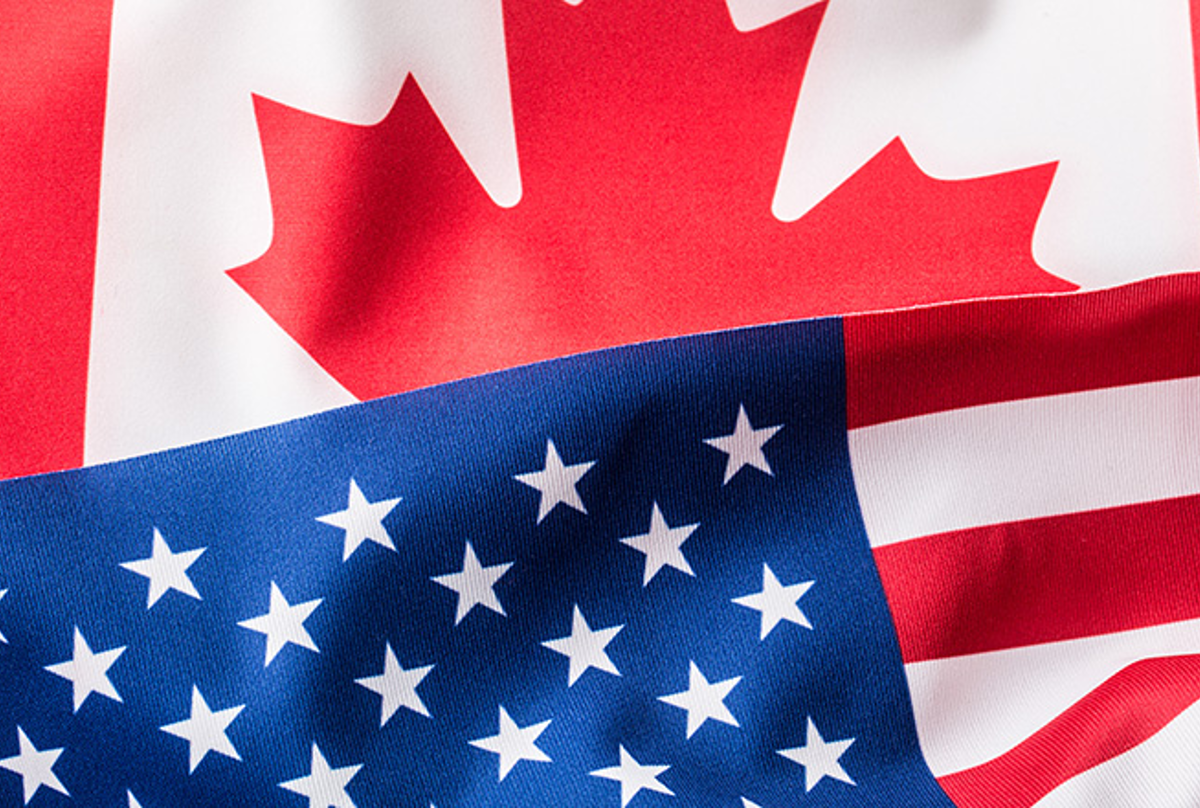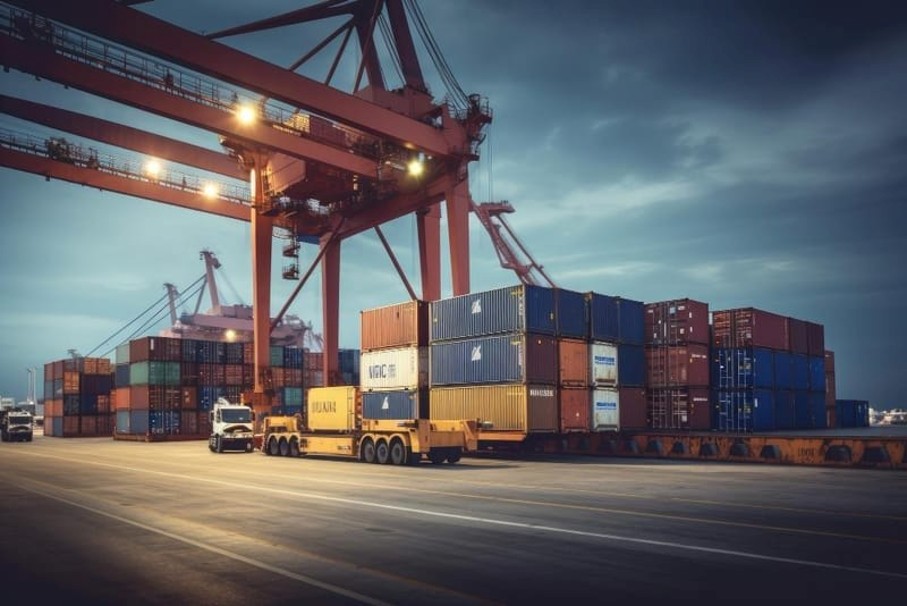Government/Policy

February 1, 2025
Leibowitz on trade: How much will the Trump tariffs hurt the US? How much will they help?
Written by Lewis Leibowitz
President Trump announced on Saturday that tariffs on Canada and Mexico (25%) as well as China (10%) would be effective from Feb. 4.
More details beyond that – besides that Canadian “energy resources” would be tariffed at a lower rate (10%) – were sparse. I’m sure we will learn more in time.
And more tariff announcements are expected over the next few weeks. (Trump has also threatened the EU.) This is the continuation of a blizzard of executive actions since Jan. 20.
The benefits from higher tariffs are speculative and unproven. The disruptions caused by tariffs and other trade restrictions are better documented and cannot be rationally denied. For the tariffs to be good policy, the Trump argument must therefore be sure that the benefits to the US exceed the cost of these disruptions. Otherwise, we have madness masquerading as policy.
The tariffs are no longer threats. They are real. And they will affect Americans—both companies and individual consumers. They will be especially hard on manufacturers that vigorously compete globally, because producing in the United States will become more expensive due to increasing cost of parts and raw materials imported into the United States.
All three countries are in the president’s crosshairs because of their perceived shortcomings in helping the US cope with border enforcement and the illicit drug trade. The drug trade, especially fentanyl, costs thousands of US lives every year. Crimes committed by individuals entering the country illegally are responsible for more violence.
In addition, the US runs a trade deficit with Canada and Mexico. The US imports products from those countries that, the president says, we don’t need—like oil and lumber.
But as many are aware, the US, Canada, and Mexico are economically linked in ways that are not easy to break. The auto industry, for example, sends cars, trucks, and components over international borders many times. Changing that will be costly, and it will not significantly reduce the trade deficit.
Energy products, such as natural gas, flow through pipelines that also cross borders. Over the years, this trade has become easier and more advantageous to all parties, on both sides of the US border.
Tariffs will not end this interdependence. Nor is it clear that ending it would be good for the US. But tariffs surely will make it more expensive, especially if tariffs are imposed broadly and without evaluating what sectors they will help or hurt the most.
President Trump reportedly delayed imposing tariffs on his first days in office because of disagreement within the administration about whether they would do more harm than good. Mexico accommodated the US by restoring the “remain in Mexico” requirement for asylum seekers in the US. But that was not enough. What would be enough? We don’t know.
China reveals another dimension. The US and China are economic and geopolitical rivals. China has gained on the US in economic and military strength. In 1990, China’s gross domestic product was an estimated $400 billion, 1/15 the size of the US economy. By 2023, China’s GDP ballooned to $17.9 trillion, 1/3 less than that of the US.
In the military sphere, China has also gained. The Chinese Navy is now larger than the US navy. The People’s Liberation Army has more than 2 million active-duty soldiers, the largest active fighting force in the world. It is double the size of the US Army, Navy, Air Force, and Marines.
Will more tariffs on Chinese imports into the United States change the nature of the rivalry? The answer is not clear. But the best evidence suggests it will not.
Most Chinese exports to the US are already subject to tariffs ranging from 7.5% to 25%. Many products are not available from domestic sources in the United States. Third countries might take up the slack.
China is also implicated in illicit drug trade, cyberattacks, and spying on Americans (through TikTok, for example). Will the tariffs bring China to the bargaining table? There are no signs that they will change China’s behavior.
The customary rent-seekers in the steel and aluminum industries, as well as in solar energy equipment, might be delighted at the news that there will be new tariffs on China. Other industries, such as chip makers (who already have cashed in on subsidies from Uncle Sam), and many others who complain about unfairly traded (“dumped” and subsidized) imports might line up for further assistance. That government aid would come through more protective tariffs or subsidies. (“Dumped” is in quotes because these laws don’t accurately measure the degree of underselling.)
The Trump administration argues that the country will be made safer from the waves of illegal immigration, violent crime, and drugs. It says new industries will make products with American labor that are now made abroad. The degree to which that will actually happen has not seriously been studied. And while we would all benefit from the removal of violent criminals from our midst, most immigrants are not violent criminals (or even nonviolent ones).
If the tariffs were demonstrably likely to affect those problems, more people would support them. But they are quite controversial now because they are not clearly beneficial to most people.
Perhaps the public perceives tariffs as a cure for the worry that the US is in competitive decline. They might think that decline is due to unfair foreign competition. To the contrary, while our rate of growth has slowed, our country is the greatest and most productive on earth. Maybe it is the greatest that ever was.
The feeling that any gains we make must come at the expense of others is a mistake. Trade is a positive game, not a zero-sum game. The many workers in industries that use steel, aluminum, lumber, and other products would agree.
The benefits from higher tariffs are speculative and unproven. The disruptions caused by tariffs and other trade restrictions are better documented and cannot be rationally denied. For the tariffs to be good policy, the Trump argument must therefore be sure that the benefits to the US exceed the cost of these disruptions. Otherwise, we have madness masquerading as policy.
The president is creating a new reality where tariffs are the key to future prosperity. This policy does not have a good track record. But the president thinks it does. The country is entering a new reality, where the president believes economic and geopolitical self-sufficiency is both achievable and beneficial. The old international order is ending, portending more conflict or more non-democratic governments (perhaps both).
But if tariffs are the answer to the trade deficit, why are the tariffs on Canada and Mexico only 25%? Why not 100%, or a total embargo? What would be the economic and geopolitical consequences of cutting off trade altogether? The new order may be headed there.
As of press time, I didn’t have the necessary details regarding the legal and constitutional authority of the president to impose these tariffs without congressional authorization. Once their basis in law is revealed, the lawsuits will start. And some federal judge somewhere will probably block implementation of the tariffs, at least until the merits of the case can be heard. Perhaps the courts will interrupt the progress of this new order. But they cannot reverse it.







